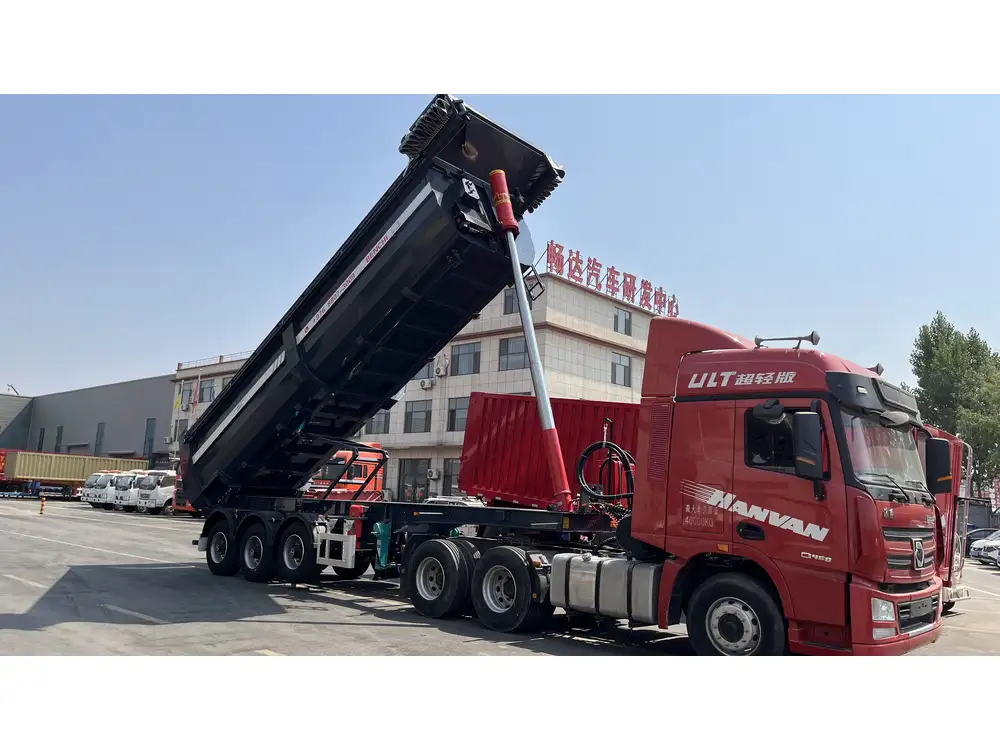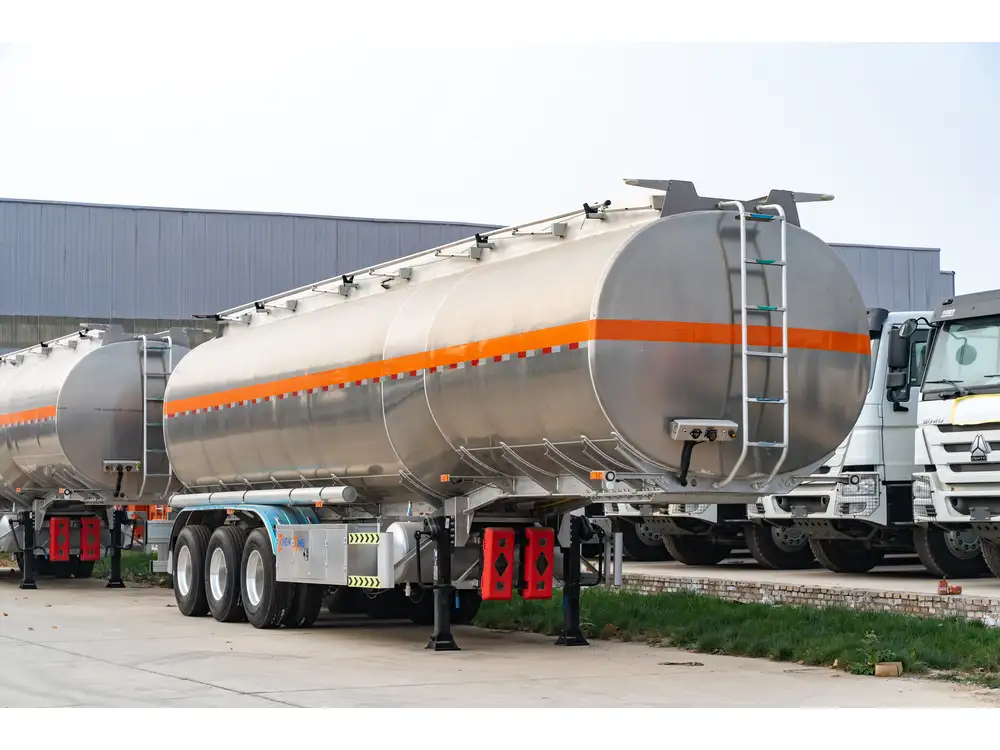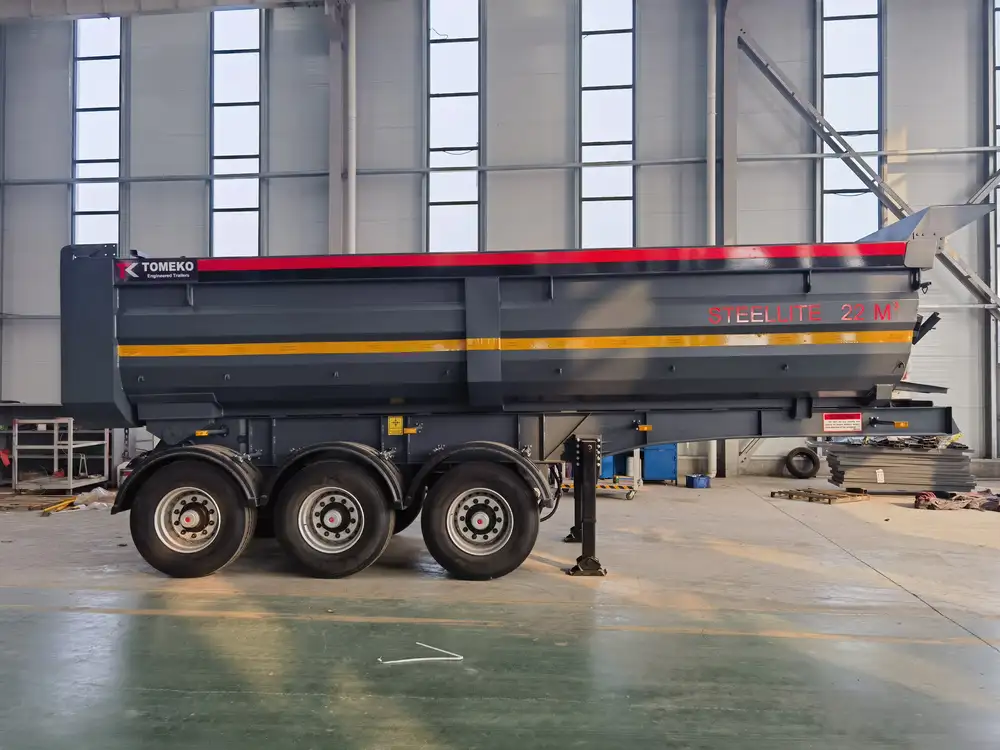Introduction to Semi Trailers
In the transportation industry, semi trailers play a pivotal role in delivering goods efficiently over vast distances. Among the different sizes available, the 53-foot semi trailer is particularly prevalent, being a popular choice for various types of cargo due to its extensive cargo space and versatility. However, as with any asset, the value of a semi trailer changes over time, leading to the question: what is the scrap value of a 53′ semi trailer?
Understanding the factors that influence the scrap value is fundamental not only for manufacturers but also for businesses involved in buying, selling, or disposing of semi trailers. The scrap value typically refers to the total worth of the materials that make up the trailer should it be dismantled and sold as scrap metal at the end of its usable life.
Factors Affecting Scrap Value
The scrap value of a 53-foot semi trailer is subject to various influences, each intricately woven into the material makeup and condition of the trailer itself. Below, we dissect these factors:

1. Material Composition
Table of Common Materials in a 53′ Semi Trailer
| Material | Percentage Composition | Current Market Scrap Value (per ton) |
|---|---|---|
| Aluminum | 25% | $1,400 |
| Steel | 70% | $300 |
| Plastic | 5% | $200 |
The composition of the semi trailer directly affects its scrap value. Typically, aluminum and steel constitute the majority of materials, with aluminum allowing for lightweight features that enhance fuel efficiency, while steel provides strength and durability.
2. Condition of the Trailer
The overall state of a 53-foot semi trailer is paramount. Factors include:
- Age: Older trailers may have diminished scrap values due to wear and tear.
- Damage: Trailers with extensive damage may either enhance or reduce the value, depending on whether the body can be salvaged.
- Maintenance History: Well-maintained trailers usually command higher scrap values as they are likelier to hold more salvageable parts.

3. Current Market Demand for Scrap Metal
Scrap metal prices fluctuate based on market demand. A sudden rise in demand for steel can significantly increase the scrap value of a trailer composed primarily of steel. Staying updated on market trends can provide insight into the potential scrap value, with periodic assessments of commodity prices being essential.
4. Local Recycling Facilities and Dismantlers
Regional variances exist in scrap value based on the proximity to scrap yards and dismantling facilities. Local facilities often have different pricing structures, dependent on their demand and operational costs. Understanding local scrap dealers’ practices can help maximize returns.
Estimating the Scrap Value of a 53′ Semi Trailer
Estimating the scrap value can be achieved through a structured approach involving the following steps:
Conduct a Material Breakdown: Identify the types of materials constituting the semi trailer (as per the table above).
Calculate Weight: Measure the total weight of the trailer. A 53-foot semi trailer generally weighs between 10,000 to 12,000 pounds, translating into approximately 5 to 6 tons of scrap material, depending on the construction.
Apply Current Scrap Metal Prices: Use recent scrap metal price trends to calculate the potential rates based on material composition and total weight.

Example Calculation
For illustration, let’s assume a 53-foot semi trailer weighs 12,000 pounds, predominantly made from steel and aluminum (70% steel, 25% aluminum):
- Steel Weight: 12,000 lbs * 0.70 = 8,400 lbs = 4.2 tons
- Aluminum Weight: 12,000 lbs * 0.25 = 3,000 lbs = 1.5 tons
Utilizing the above rates:
- Steel Value: 4.2 tons * $300 = $1,260
- Aluminum Value: 1.5 tons * $1,400 = $2,100
Total Scrap Value Calculation
Adding both values gives:
- Total Scrap Value = $1,260 (steel) + $2,100 (aluminum) = $3,360
This theoretical assessment provides a foundational understanding of how to approach the scrap value of a semi trailer.
Environmental and Financial Benefits of Recycling
Recycling a 53-foot semi trailer isn’t merely a financial consideration; it also carries significant environmental implications.

1. Reducing Waste
By recycling, businesses contribute to decreasing the volume of waste sent to landfills while promoting sustainable practices within the transportation sector.
2. Conservation of Resources
Recycling metals conserves valuable natural resources. The manufacturing of new steel from recycled material usually requires less energy compared to extracting and refining raw iron ore.
3. Economic Efficiency
Maximizing the return through recycling can lead to better cash flow for businesses. Scrapping a used semi trailer provides additional funds that can reinvest in newer models or financing other operational costs.

Frequently Asked Questions
What is the average lifespan of a 53-foot semi trailer?
The lifespan typically ranges from 10 to 15 years, depending on usage, maintenance, and the specific conditions the trailer has been subject to.
Can minor damages affect the scrap value?
Yes, minor damages can impact the overall scrap value. If the damage hinders the recyclability of certain parts, it may result in a lower valuation. Conversely, some parts may be salvageable, therefore retaining a higher value.

How do I find local scrap metal prices?
Local metal recycling facilities usually provide insights into current scrap metal values. Subscribing to industry publications or websites can also keep you updated on price fluctuations.
What perils should I consider during the scrapping process?
Consider potential liabilities regarding hazardous materials that may have been stored or transported in the trailer. Responsible disposal and transparent communication with scrap yards concerning such materials are crucial to compliance with environmental regulations.
Conclusion
Determining the scrap value of a 53-foot semi trailer involves an intricate interplay of factors, from its material makeup to market conditions. As industry stakeholders, being informed empowers better decisions regarding the lifecycle of semi trailers. Whether you are seeking to sell, trade, or recycle, understanding these nuances not only facilitates optimal financial returns but also contributes to promoting sustainable practices in the transportation sector. Investing time in assessments and maintaining an awareness of industry trends will continually benefit fleet management and fiscal health, making the journey from ownership to recycling a worthwhile endeavor.



